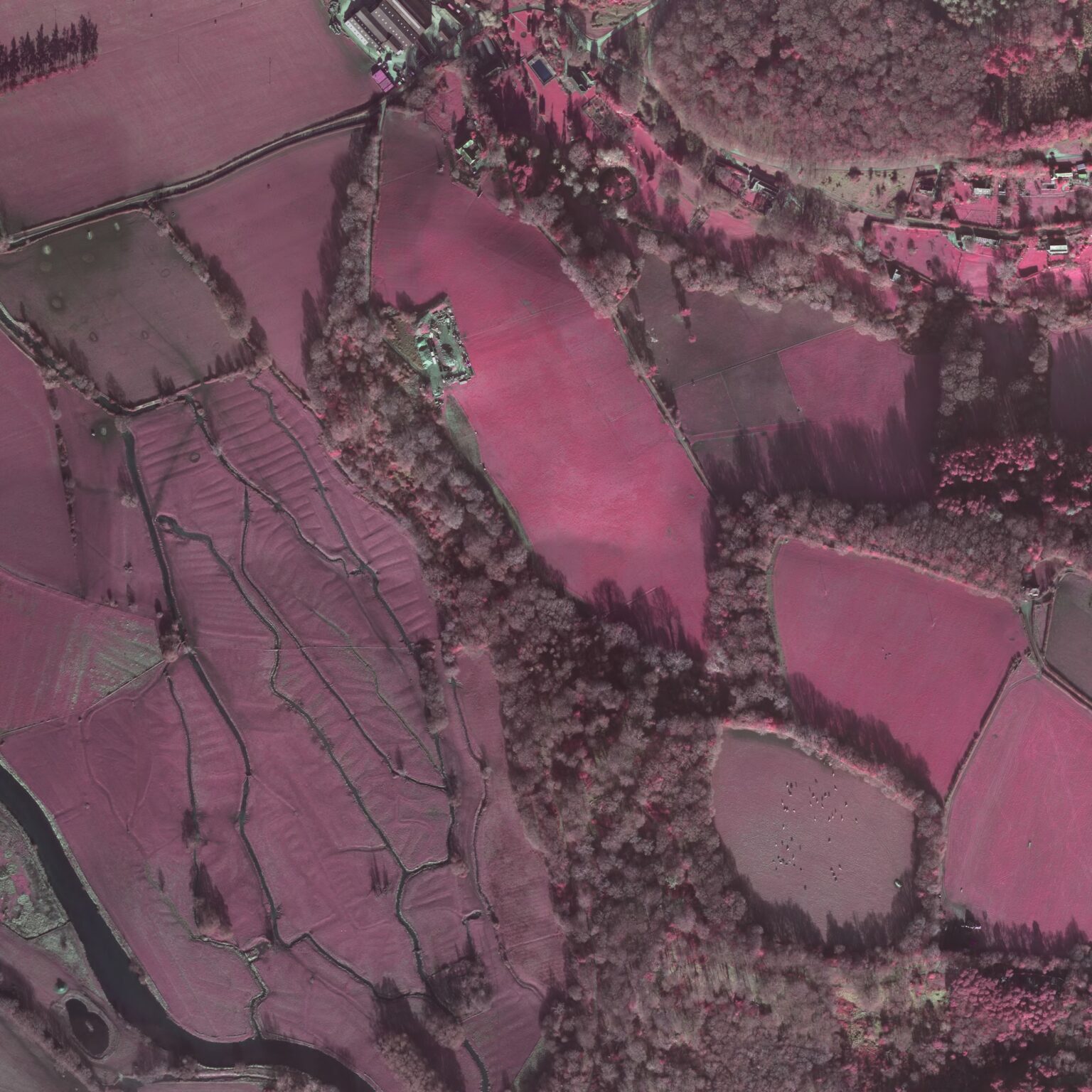Conversion to other formats
Each software normally uses a proprietary format to store data and metadata information and no common standard is currently available. For use of the data with other than the download software conversion is therefore required, which sometimes takes the form of exporting from one and importing into another package. When data are recorded on a regular grid it is often convenient to export the data either as a text file formatted like a spreadsheet so that each line of data values in the file corresponds with one survey line, or as a Z-file where the sequential list of stored data (see above) is written to a text file, one line at a time. When importing such data files into another software package all the metadata information has to be provided to the importing package, often by remembering the field procedure and entering this information manually. An alternative export format is as XYZ text files in which each text line contains the values of the coordinates (X and Y) as well as a measurement value (‘Z’; see Appendix 1). The gridded layout of the data is thereby usually lost and the importing software therefore has to either re-grid the data (e.g. Surfer) or it has to estimate what the initial grid layout may have been. Re-gridding of data can also lead to small shifts in the data if the exact data position is unknown or was not used. For example if earth resistance data are recorded in the middle of each 1 m x 1 m grid cell, the first exported position should be at X=0.5, Y=0.5 and not at X=0, Y=0. Data and metadata should be stored with as much detail as possible to allow for conversion between different software systems. Geoscan’s Geoplot and DWConsulting’s Archaeosurveyor are exemplary in this respect and save a considerable amount of metadata with the respective measurement information.



